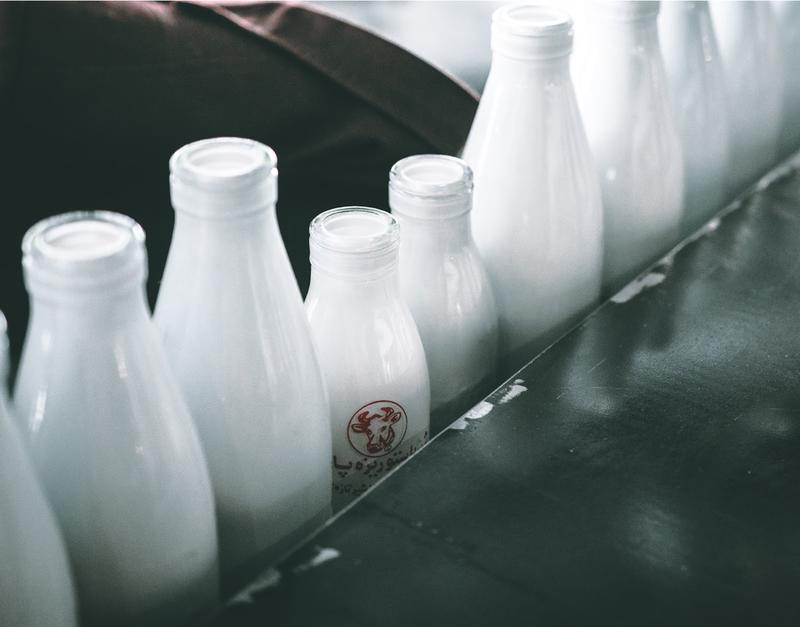Is a Quart Bigger Than a Liter?

Quarts and liters are both examples of units of measure, usually used to measure liquids. Is a quart bigger than a liter? It all depends. Some types of quarts are bigger than a liter while other types of quarts are smaller. Whether a quart is bigger than a liter or smaller depends on where the quart is located and how it’s being used.
U.S. Liquid Quart Versus Liter
In the U.S., a liquid quart is a measurement of volume or capacity. The volume of something, such as a bowl or bottle, is the amount of space inside of it. A quart in the U.S. is the same as 32 fluid ounces. It is also the same as four cups (measuring eight ounces each) and two pints (measuring 16 ounces each).
A U.S. quart is smaller than a liter. A liter is about the equivalent of 33.8 fluid ounces, 1.8 ounces bigger than a U.S. quart. A U.S. quart is about 0.95 liters.
U.S. Dry Quart Versus Liter
The U.S. also has dry quarts, which measure the capacity of a container when holding dry items, such as flour or apples. A dry quart is not the same as a liquid quart. It is slightly larger, measuring 37 dry ounces or two dry pints. It is also larger than a liter. A U.S. dry quart is about 1.1 liters.
Imperial Quart Versus Liter
If you’ve ever been to the U.K. and ordered a pint of beer, you know that a “pint” in Britain is bigger than a pint in the U.S. An imperial pint is 19.2 U.S. fluid ounces. An imperial quart is two imperial pints, or 38.4 ounces. Although the U.K. largely uses the metric system these days, you might see imperial pints and quarts still used from time to time, as well as their metric equivalents. An imperial quart is bigger than a liter. One imperial quart is about 1.14 liters.
What Is the Metric System?
The metric system is the system of measurement used in many countries. It was first developed after the French Revolution as a way to standardize measurements. Before the metric system was created, there were several hundred different ways to measure objects.
The metric system uses three primary units of measurement: one for length, one for volume and another for mass. The meter is used for length, the liter for volume and the gram for mass. All measurements in the metric system are based on a decimal system, meaning they can be easily divided by 10. For example, there are 1,000 milliliters in one liter and 100 centimeters in one meter.
What Are U.S. Customary Units?
While the vast majority of the world uses the metric system, the U.S. does not, except in medicine and science. Instead, the country uses U.S. Customary Units for length, volume and mass. How units in the U.S. system relate to each other is a little bit more random compared to the metric system.
For example, there are 12 inches in one foot and three feet in one yard. One gallon contains four quarts, eight pints or 16 cups.
What Is the Imperial System?
The U.S. customary measurement system is based on the Imperial measurement system, which was used in Britain through the 20th century. Despite attempts to switch to the metric system, Imperial units can still be found throughout the U.K.
The major difference between the U.S. customary units and Imperial units is that measurements for dry and liquid units are the same under the Imperial system. There’s no such thing as an Imperial “liquid” quart or an Imperial “dry” quart.





